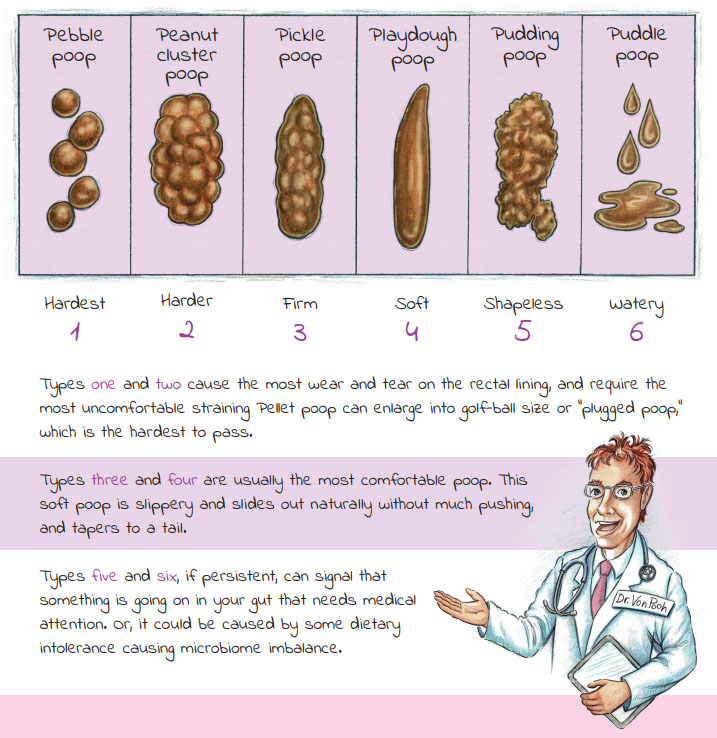Successfully getting your toddler to pee in the toilet is a huge accomplishment and every parent is ecstatic when it finally happens. But some toddlers just won’t go number two. And the longer they hold it, the more constipated they become, making the stool more painful to pass. We ran into this when we were potty training one of my children. Potty training for number one was a breeze but number two was a bigger job. Every time a child experiences pain going number two can set back potty training by weeks to sometimes months, before the child is comfortable enough to try again.
Until recently, the standard of care for constipated kids was either prescription drugs or prunes/prune juice (not kid friendly). It gave them diarrhea in the process, which can be scary and also ultimately negatively affect the potty training process!
The solution to this potty training dilemma was Regular Girl. I was given some samples of this prebiotic fiber/probiotic combo approved by Health Canada to help improve regularity by providing gentle relief of constipation and/or diarrhea in children age one and up. I love that it mixes invisibly into water without getting gloppy. It doesn’t change the flavor, texture or aroma. Kids don’t even know it’s in there! It looks like clear water. It’s also 100 percent gluten-free and is Non-GMO Project verified.
By giving Regular Girl to your children and eliminating frequent or occasional constipation may be all you need to complete potty training with your toddler.
Tip: Mix in their water bottles for school. They get water and the fiber with no fuss!
Ironically, some foods your kids love may be constipating. They include:
- Bread
- Crackers
- Cheese
- Low-fat milk
- Bananas (if they eat more than one a day)
- High-fat foods such as fries and chicken nuggets
- White rice, white potatoes and just about anything else that’s white
We also reduced the constipating foods and increased the high-fiber foods such as berries, including raspberries and blackberries. Start early teaching your kids how to choose foods that taste good and offer plenty of dietary fiber. They’ll develop healthy lifelong eating habits and perhaps be able to avoid many of the digestive issues plaguing today’s adults.
And, you’ve got to have a kid-friendly poop chart!
A poop chart shows kids what “constipated”, “normal” and “diarrhea” look like when they look in the toilet bowl. And it can be an eye-opener for parents. A friend of mine didn’t think her daughter was constipated until she looked at the poop chart. Some kids grow up thinking it is normal to have pain when they go number two. Recognizing and addressing constipation helps avoid escalating issues because you can start having a conversation with your kids at a young age.

Download it. Laminate it. Leave it in the bathroom. And bring it with you to pediatrician appointments. Some doctors just ask about frequency. The illustrated poop chart starts a better conversation, and may alert you and your doctor to digestive issues.

